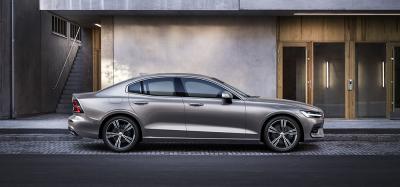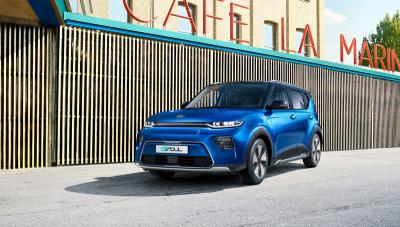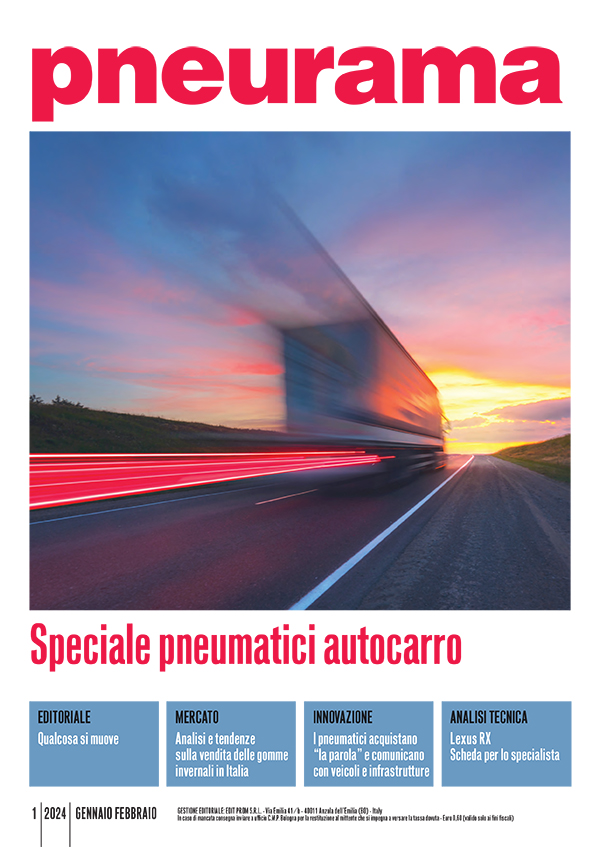The year was 1983 and the glorious 205 was a multiple-winner in the sports landscape of the time. The style and characteristics of the small Peugeot conquered the public immediately throughout the 80s, creating that memorable commercial and competitive confrontation - with the GTI initials used to embellish the top of the range models developed by French and German manufacturers - which lasted up to the mid-90s. Then came the 206, followed by 207 and finally the 208, which made its debut in 2012 and has since been upgraded.
Meanwhile, the offer has been enriched by countless automobile models, including Japanese and Korean, all contending for supremacy on the European medium-small car segment, a contest that sees the 208 deployed as Peugeot’s range leader.
The past tradition of success of models such as the 205, 206 and 207 could be revived by the 208 thanks to a combination of compact size and internal volumes, supported by technological evolution and engine performance; that is the basic formula.
COMPACT SIZE YET SPACIOUS
All things considered, the external dimensions do not deviate from the standards set for B-segment cars. Compared with the previous model, the 208 was slightly resized, reducing external dimensions, with shorter overhangs and well under the total length of 4 meters (actually 3,96 meters), for both 3 and 5-door models, in addition to a significant mass reduction of 173 kg compared to the 207 equipped with a similar petrol engine. Weight reduction generated by carefully designing and rationalizing each structural element, without affecting the optimal strength and collision resistance - that has earned the 208 the 5 star EuroNCAP – improving at the same time handling and energy efficiency, thanks to a drag coefficient (Cx) of 0.29.
A strong personality enhanced by stylistic elements typical of a number of Peugeot vehicles such as the headlights contoured by LED daytime lights (depending on the version), a radiator grill contoured by a chromed profile, spoiler and aerodynamic profiles on sporty versions, ending with a panoramic glass roof framed by a bright interior edge.
Internal volumes are adequate for five passengers, leaving enough luggage capacity ranging between 311 and 1,152 liters (after reclining the rear seat). Despite the customized appearance of the two body configurations, the slightly hollow sides give the three-door model a rather sporty appearance, revamping the third pillar style of the older 205; legroom benefits from the 5 cm more for rear passengers, obtained by redesigning the interior volumes.
The four interior settings offered, Access, Active, Allure and Business, plus the special XY and GTI versions, are further enriched by accessories suitable for premium cars, which include a 7-inch touch-screen display with all audio system and satellite navigation controls, in addition to the Park Assist to facilitate parking operations. All models are equipped with an on-board computer, dual zone climate control, sport steering wheel, as well as a wide choice of external and internal finishes. Vehicle safety is guaranteed by both Abs and Esp systems, an extensive set of airbags for driver and passengers, an obstacle detection system, in addition to the Hill Assist for uphill starts and paddle shift gearbox.
ENGINE PARADE
The range of engines will satisfy the most demanding customer, thanks to a wide choice and an even wider performance range. A slogan - an engine for all - that introduces the Peugeot catalog, attributing to the 208 an option of eight engines, from 68 to 208 HP, including diesel, petrol and bi-fuel with LPG, with 5 or 6 speed manual or automatic transmissions.
Leading the parade, the new three-cylinder petrol engine, modern and compact with an all-aluminum head and crankcase, double overhead camshaft and 4 valves per cylinder, compatible to be equipped with a direct fuel injection turbocharger in the future. Currently the entry level is the 68 hp 1 liter engine, followed by a 1.2 liters 82hp unit, with a higher power output, but not so the consumption, with an average 21.3 km / liter and equipped with an ecological Start & Stop system, with emissions limited to 95 grams of CO2.
Only the latter version benefits, on request, of a 5-speed automatic transmission. If you look for greater sprint, then the 1.6 THP 156 hp engine is the right choice both on the XY 3-door model and pushed up to 200 hp on the GTI version, Peugeot’s much appreciated four-cylinder direct injection turbocharged engine. This same engine equips the gritty RCZ as well, able to push the 208 up to 230 km / h, with a 0-100 km / h acceleration in just 6.8 seconds, which falls to 6.5 seconds in the GTI 30th anniversary version, created in honor of the glorious 205 GTI and equipped with custom trims that include exclusive 18-inch wheels with 18inch super low-profile 204/40 tires, as well as an extra handful of horsepower.
Not to be overlooked is the ecological bi-fuel version of the 208, powered by petrol or LPG, for which the reliable four-cylinder 1.4-liter, 95 hp engine was chosen.
Double configuration also for Peugeot’s Diesel units, with the HDi range alongside the e-Hdi micro-hybrid technology already tested on the 308 and 508 models, adding a reversible alternator able to recover energy during braking and reducing fuel consumption by 15% . This is the case for both the 1.4 and 1.6 liter engines, with 68 and 92 horsepower respectively, the first offered with manual or automatic 5-speed gearbox, the second with a manual five-speed transmission and an automatic 6 speed gearbox. At the top of the 1.6 turbo-diesel range we find the Blue HDi 120 bhp, the only version, together with the THP petrol version, available exclusively with a 6-speed manual transmission that guarantees the gritty performance that even the most dynamic customers expect from the small Peugeot.
The chassis of the 208 obtained out of the PF1 platform, common to the whole PSA Peugeot-Citroen group, serves as the basis for models such as the Citroen C3 and Peugeot 2008, and remains a classic to the present day, with a pattern of mixed suspensions, independent front and rear torsion beam, power steering and a mixed braking system, front discs and rear drums for the basic models, while, starting from mid range models, discs on all wheels.
The range of wheels goes hand in hand with the dynamic performance, with 15, 16 and 17 inches, and wide availability of alloy wheels (except 15 ") on request, and a range of tires between 185/65 and 205/45. GTI excluded, of course.

Heir to the glorious 205, the Peugeot 208 offers up to date technical features and a wide range of engines, with new three-cylinder petrol units looking to the future and reliable turbo-diesel with energy recovery during braking

No design extremism, standard equipment includes 15” and 16” wheels, with 17” wheels standard on the GTi or as an option on other top of the range models, and exclusive 18" wheels only for the special edition GTi 30th Anniversary
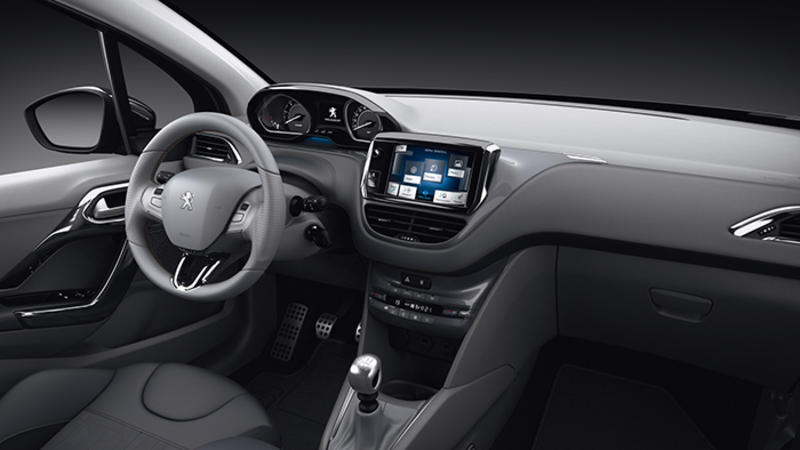
The interior is dominated by the striking dashboard collecting all the instruments, including a range of qualifying accessories such as the central 7” display to control navigation and the audio system
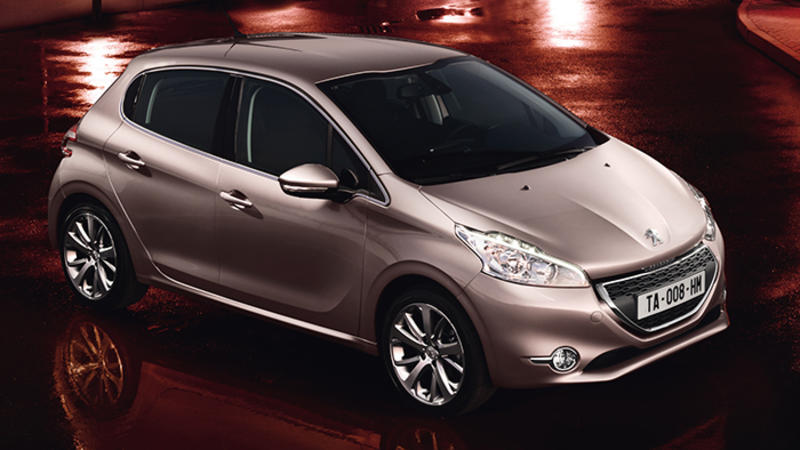
Designed by the Peugeot Style Centre with its compact size and stylistic elements typical of the French manufacturer, such as the wide radiator grille, the 208 has a three and five-door body, offering class-leading interior space





